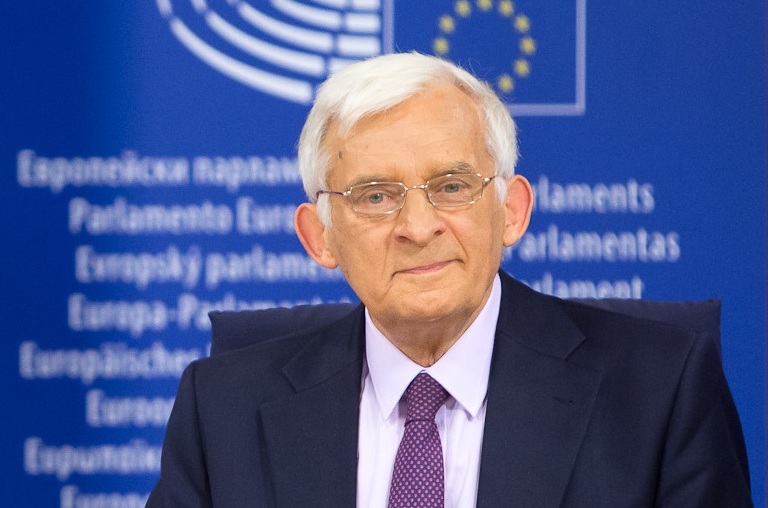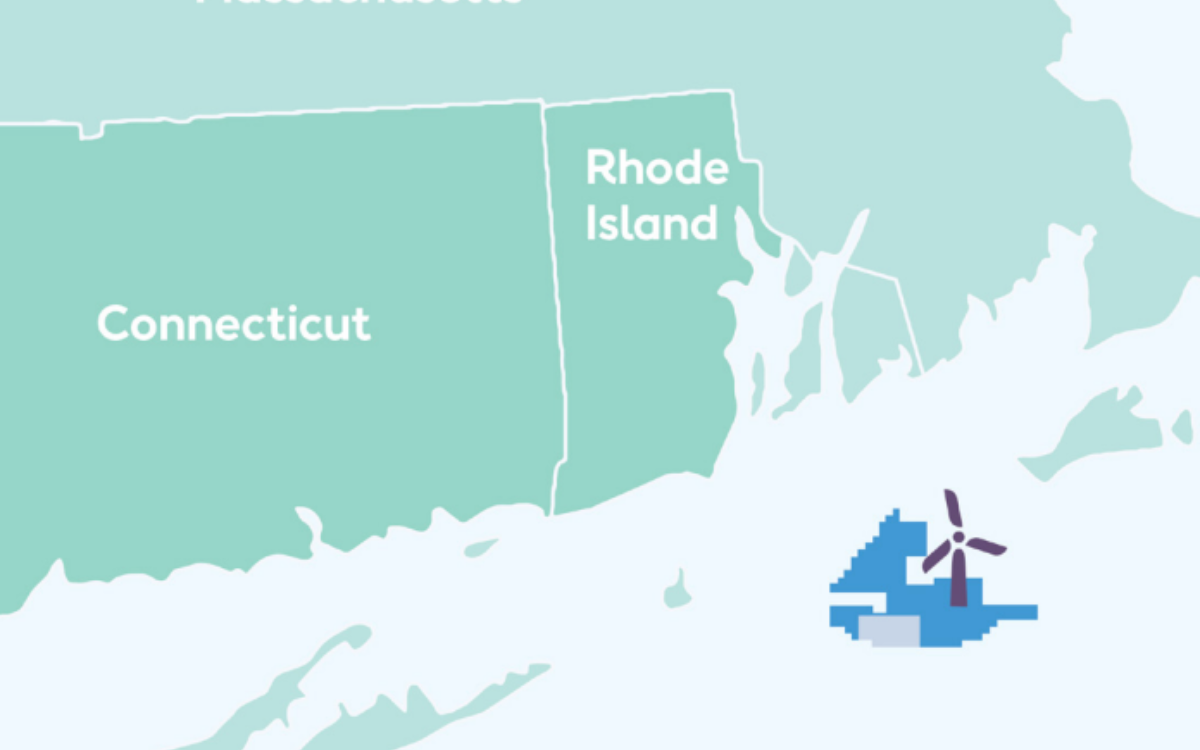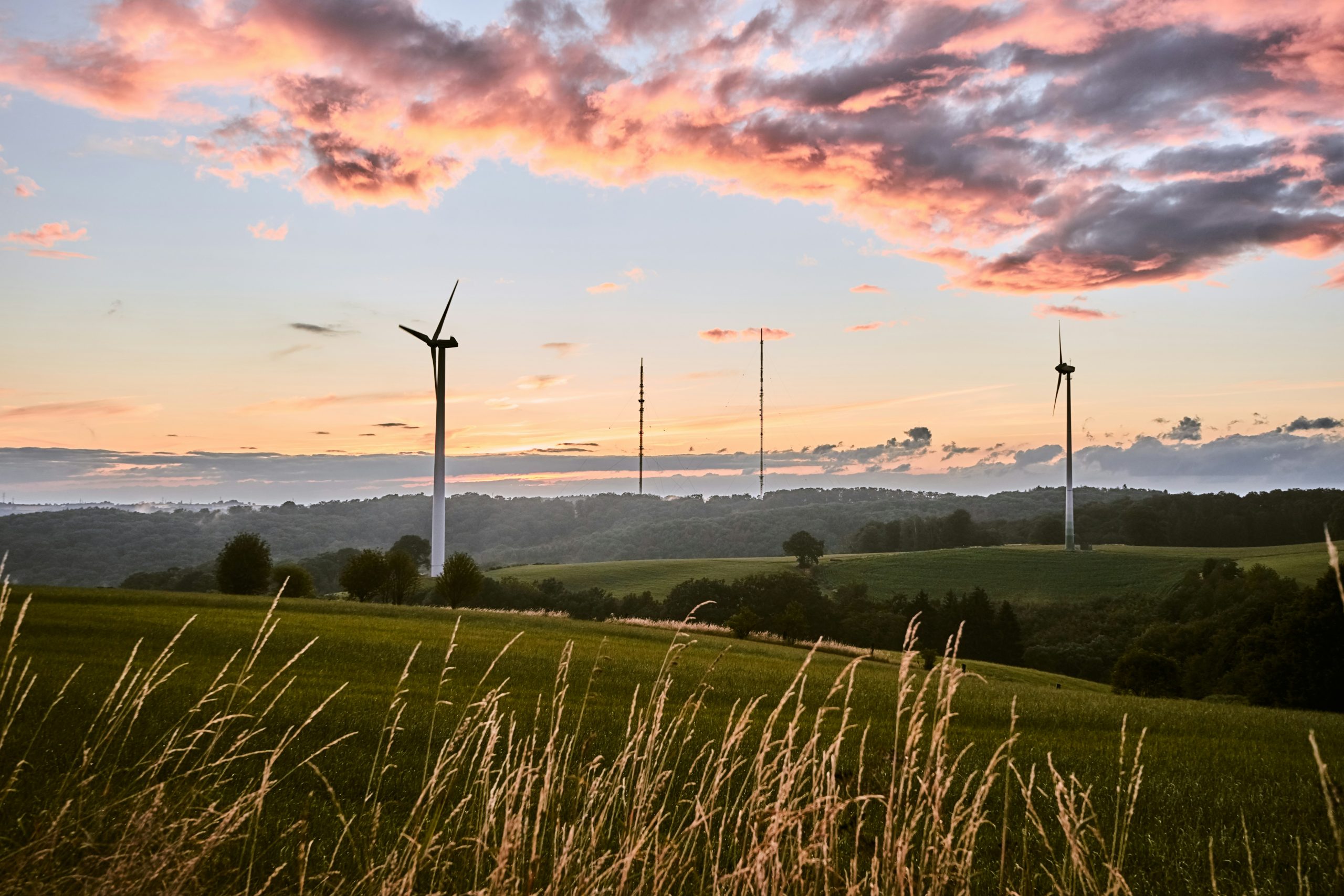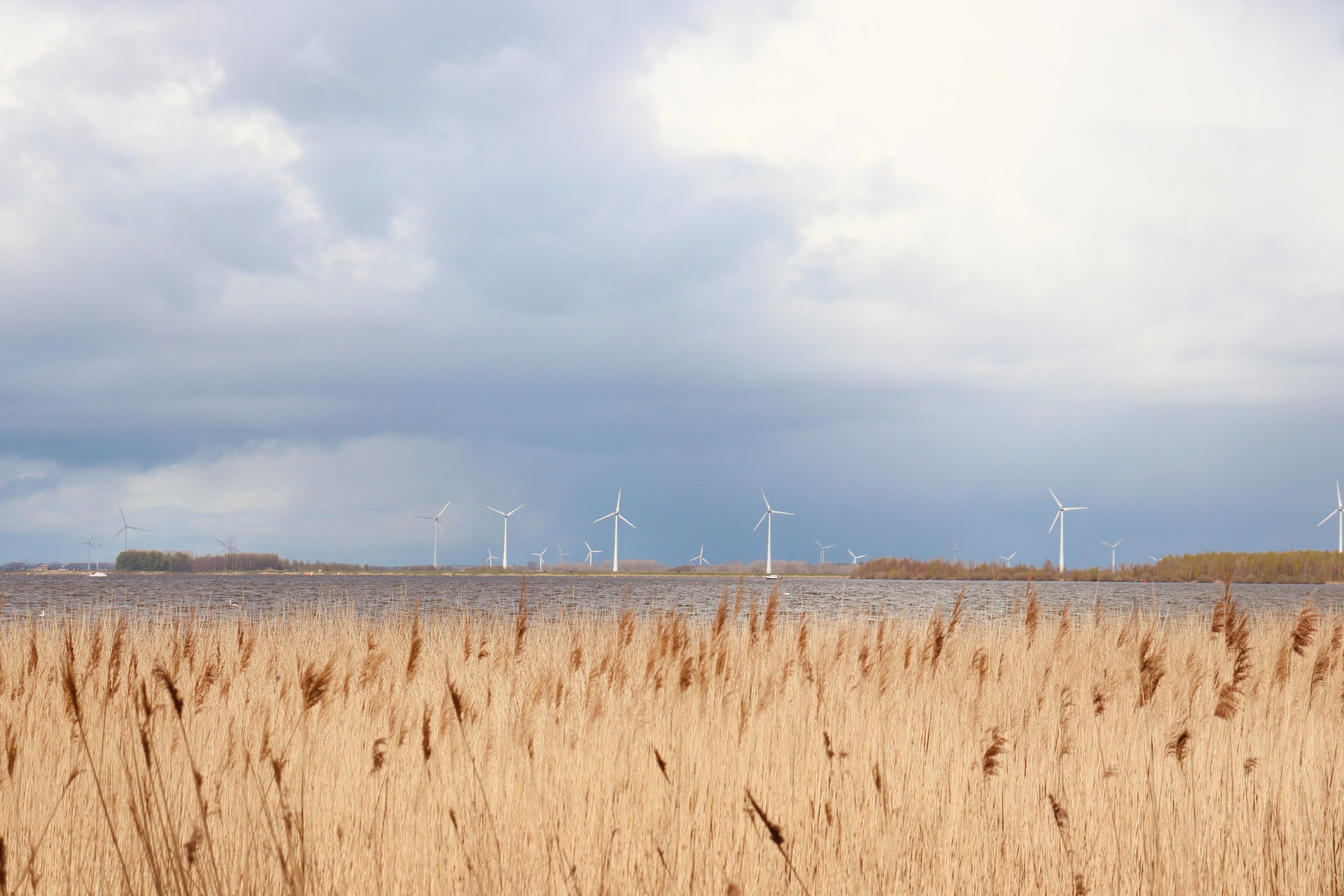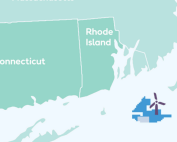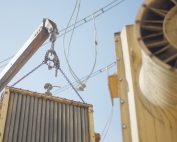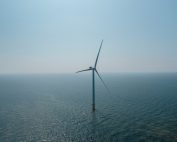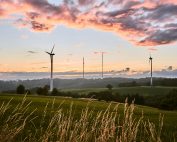What is the link between offshore wind development and Just Transition of coal regions? How to strengthen technological, industrial leadership and autonomy in the offshore wind sector in the European Union? Can EU funds support the local content of offshore wind supply chain? We are talking to Jerzy Buzek, Member of the European Parliament, former President of the European Parliament and Chair of ITRE Committee.
Just Transition and offshore wind – what do these two areas have in common?
They are both an integral and essential elements of the European Green Deal, which is perhaps the most ambitious economic, technological and societal transformation strategy to date. As the EU, we set on a transition towards climate neutrality. But European Green Deal is in fact EU’s growth strategy for the next at least 30 years. It should be our ticket to continued prosperity for decades to come. Clearly, our ability to deliver will depend on a whole range of policy choices, technologies, sectors, incentives, etc. However, it is also true that, among these, without tapping the enormous potential of the offshore wind or ensuring that no one is left behind in this transition, we will not succeed in our ambitious, systemic transformation.
Do miners and workers from the conventional energy sector have a chance for employment in the offshore wind sector in the Baltic Sea? How to support them in the most effective way?
For years I have been stressing the point that our energy transition has to go hand in hand with climate-neutral reindustrialization. In this context, we have to strengthen our technological, industrial leadership and autonomy in the offshore wind sector – to base it on EU-production across the entire supply chain. This is about supporting so-called local content and creating synergies between manufacturers, transport sector – including maritime, construction, maintenance and service providers, IT-based digital solutions, SMEs as well as research and innovation centers. Taken from this perspective, developing the European offshore wind sector will create high-quality employment opportunities across the entire economy where also those currently employed in the conventional energy sector can find competitive jobs. Europe’s coal regions have traditionally developed entire industry-linked ecosystems and this must be turned into an opportunity – for those regions’ transition, for Europe’s overall clean reindustrialization strategy, and in consequence, for EU’s stronger global competiveness.
Will the Baltic Sea play a significant role in the transformation of the EU?
Most certainly it will. With the massive shift towards electrification of our energy systems based in large on renewable energy generation, the Baltic Sea represents a truly unique potential for the countries of this region to transform their energy systems in line with the European Green Deal objectives. This is about offshore wind projects as mass scale renewable energy generation source; scaling up renewable hydrogen production as clean fuel of the future; advancing EU’s energy system integration in an unprecedented and innovative way through hybrid projects and integrated grid; putting in place new tools and mechanisms for joint investments in offshore projects and energy trade; developing a new approach to energy security, balancing and flexibility of our energy systems. If we succeed in all of this, Baltic Sea will greatly contribute to so much needed energy “wind of change” in the whole EU!
Beyond these, I imagine that the Baltic Sea could possibly be the place where maritime transport is ‘reinvented’ in line with our sustainability and climate-neutrality objectives. As a basin and region, the Baltic is also important in the context of EU’s biodiversity strategy.
Renewables are becoming one of the ecosystems of EU industry. Where is offshore wind in the EU industrial strategy?
I see it as perhaps EU’s key renewables-related industry where our global leadership gives Europe a competitive advantage. I have already mentioned its capacity for creating quality employment opportunities. EU’s industrial strategy recognizes offshore wind’s growing role in the energy mix, the sector’s strong innovation capacity, its need for a growing home market. At the same time, we acknowledge the strategic dependence on China for permanent magnets needed for the wind turbines. This is a crucial challenge as we seek to build EU’s industrial autonomy across the entire supply chain, and our overall global industrial competitiveness. We need to address it effectively, by mobilizing our own industrial resources and by innovating.
‘Local content’ of the supply chain is a keyword in RES development after COVID-19 pandemic. How can EU funds help?
There are several aspects to this. One is providing financial support to offshore wind projects in order to accelerate their preparation and development – especially in most vulnerable Member States. Investments in offshore wind are highly capital-intensive and they require targeted support to roll out on mass scale. Without that, there will simply be no sufficient scale to build supply chains based on local content. The EU support can play a key role here – e.g. through ETS based instruments, including the Modernisation Fund and “solidarity pool”. They should anyway be adjusted proportionally to increased 2030 climate target – in line with the European Council conclusions of 10-11 December 2020.
Second aspect, is the needed support for European multinational research projects to increase the level of innovation in offshore wind energy – for example in increasing efficiency of the turbines or digitalisation. This will translate into higher global competiveness of European offshore industry and into creation of local content with highest added value in the supply chain. Here, EU’s research and innovation programs are a key tool at our disposal, along with the various investment tools, including for example at EIB’s disposal.
Finally, developing human capital for the offshore wind sector is absolutely necessary. And this is again a huge common task – for industry, governments, regional and local authorities, public institutions, universities, schools and training institutions, also to seek effective synergies between the various EU funds that are available to them.
And besides funding opportunities – how can EU help?
There are also dedicated support schemes which Member States can and do put in place to support the roll out of offshore wind. EU’s policy framework and European Commission’s support for such schemes can also play an important part in ensuring conducive environment for developing strong European content and globally unique competences of the wider sector. In this respect, I strongly welcome European Commission’s recent approval of Poland’s multi-billion scheme to support offshore wind development. This a crucial step for having a planned 28 GW of offshore wind capacity installed by 2050 in Poland – more than a quarter of the overall projected Baltic Sea’s potential. This will not only help radically reshape the country’s energy mix, but also create unprecedented opportunity for Poland’s industry to become a European leader in this sector. Now it is for the Poles – decision-makers, business community, entrepreneurs – to cease that opportunity and turn it into a success.
A chance for independence from imported components is own production, but also innovations and technologies development. What is worth paying attention to today from the EU perspective?
Generally speaking we should focus on our dependence on raw materials necessary for the technologies which will allow us to make the transition to climate-neutrality. One clear path is making recycling and reuse more effective. The other, is seeking alternatives and substitutes for these raw materials. Finally, as part of the global efforts, we need to advance solutions and standards that effectively mitigate the adverse consequences – both for our economies and for the environment – of this dependence on raw materials.
Thank you
